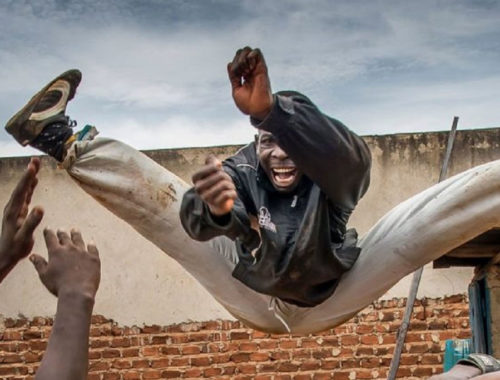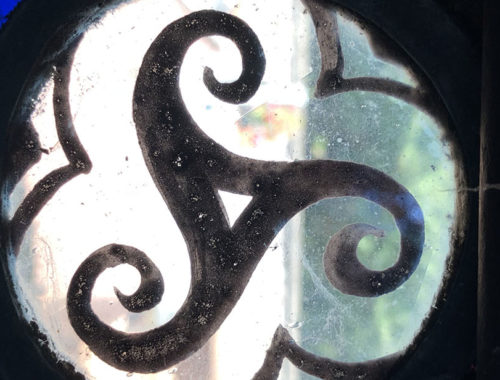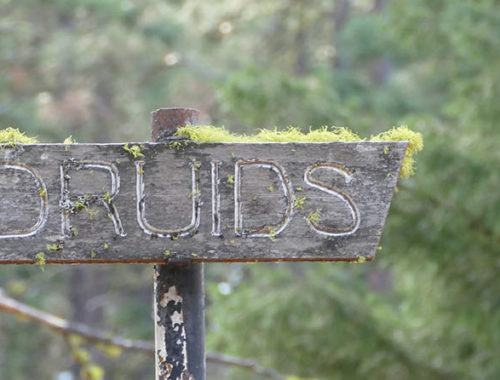A Visit to the Museum of Witchcraft and Magic
Cornwall, in the southwest of England, is steeped in magic and folk traditions, from the Padstow ‘obby ‘oss to the ways of the cunning folk and pellars. Tucked into a cleft in the rugged northern Cornish coastline, the small village of Boscastle hums with this old magic. “You can drive into Boscastle and feel the magic. You don’t have to understand these things to feel it,” says the host of this video.* And if you feel that magical current, you’ll notice its gentle tug pulls you down the very steep road, through the village to the sea. And, fittingly, to the Museum of Witchcraft and Magic.
The museum is housed in a small whitewashed building with beautifully carved doors, and a sign on the outside honoring the tradition of the Boscastle witches “capturing the wind” using knot magic and selling it to local sailors. Although it looks like you could breeze through the museum in 15 minutes, it’s absolutely cluttered and crammed with fascinating artefacts, and you could get lost in there reading all the cards and studying every object. I think my favorite object was the Hitler pincushion—a little bit of magic used knowingly or unknowingly to keep the Fuhrer at bay—but I especially loved the information on the local Cornish pellars and cunning folk and the exhibit about modern Wicca, including items owned by Gerald Gardner, Alex Sanders, and Doreen Valiente. The museum owners are extremely knowledgeable, and their love and respect for what they do shows. (See this video* and the story of the burial of Joan Wytte.) It would be easy to sensationalize the exhibits—if you’ve been to Salem, Massachusetts you know what I’m talking about—but they don’t. The commentary is clear, informative, and matter of fact. There’s also a lovely altar on the ground floor, and the museum holds classes and public events, such as their annual Samhain celebration, that help preserve the traditions the museum represents.
The museum is even more interesting when you know its backstory. It was started by Cecil Williamson, an English occultist, who knew Margaret Murray and Aleister Crowley. During World War II, Williamson was hired to investigate the Nazis’ interest in magic. After the war, Williamson met Gerald Gardner, the grandfather of the modern Wicca movement, at the famous Atlantis Bookshop in London. After a failed attempt to open a witchcraft museum in Stratford, the two opened the Folklore Center of Witchcraft and Superstition on the Isle of Man, where Gardner was set up as the “resident witch.” Unfortunately, they had a falling out, and Williamson sold the building to Gardner, took his artefacts, and set up his museum in a couple of other locations before finally moving it to its location in Boscastle in 1960. He sold the museum to the current owners in 1996. Williamson was a fascinating character, and if you’re interested in the history of witchcraft, I recommend doing some research on him and Cornish witchcraft. This video features exhibits from the museum in the ‘60s and some footage of Williamson.
Boscastle is a bit off the beaten track, especially if you don’t drive—which is probably part of the reason it retains so much of its beauty and wild magic. If you’re like me, you’ll go for the museum, but you’ll stay because the village is lovely, its cliff walks are breathtaking, and its magic gets under your skin.




